Fracture Repair Treatment | Advanced Orthopedic Care
Get expert fracture repair treatment in Chennai with advanced orthopedic techniques for fast recovery and restored mobility. Consult top specialists for personalized bone injury care.

Fracture Repair
Fracture repair refers to the medical procedures and treatments used to heal broken bones. Fractures can occur due to trauma, overuse, or conditions like osteoporosis, and may involve a range of severity. The goal of fracture repair is to restore the bone to its original shape and function, alleviate pain, and prevent complications such as infections or misalignment.
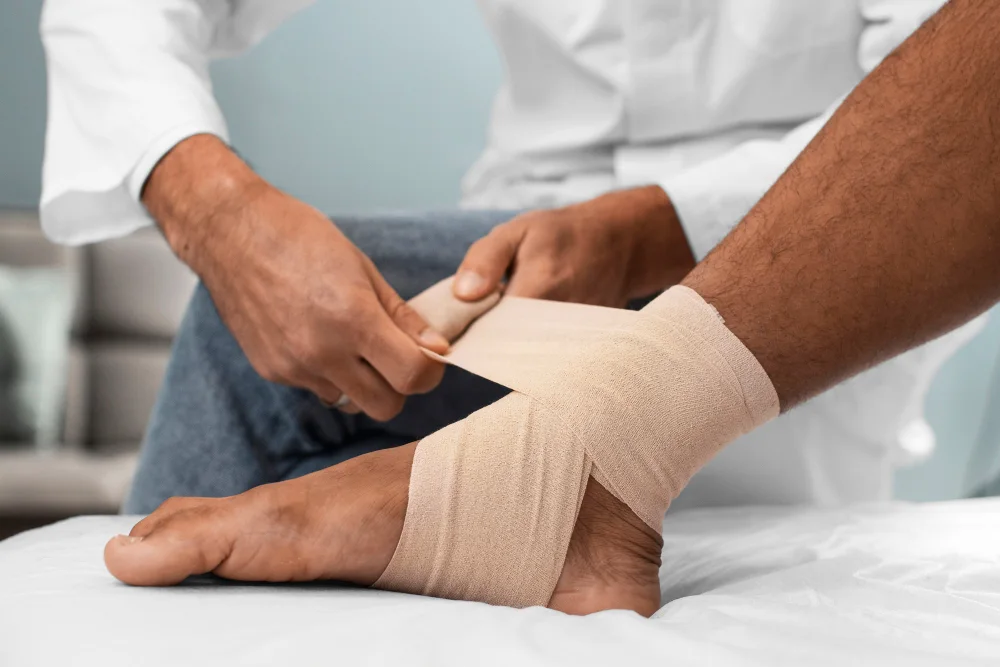
Early Detection Saves Lives
Early detection and treatment are crucial for improving the chances of survival. If you notice any concerning symptoms, consult a healthcare provider immediately.
Signs and Symptoms
Pain
Immediate and sharp pain at the site of the fracture, which worsens with movement or pressure.
Swelling
Swelling around the affected area, often caused by bleeding and inflammation following the injury.
Bruising
Discoloration of the skin around the fracture site, caused by internal bleeding.
Deformity
In some fractures, the bone may appear out of place or misaligned. The limb may look crooked or shortened.
Limited Movement
A fractured bone can limit the joint's range of motion, making it difficult or impossible to move the affected area.
Tenderness
Sensitivity or pain when touching the area of the fracture.
Inability to Bear Weight
If the fracture occurs in a weight-bearing bone (like the leg or hip), it may be impossible to stand or walk.
Popping or Cracking Sound
Some people may hear or feel a popping or cracking sound at the time of the fracture.
Blood in Urine
Hematuria - pink, red, or dark urine, the most common symptom
Frequent Urination
Feeling the need to urinate frequently, even when bladder is not full
Painful Urination
Experiencing pain or burning sensation while urinating
Back or Pelvic Pain
Pain that occurs as the cancer grows and spreads
Unexplained Weight Loss
Significant weight loss not related to diet or exercise
Fatigue
Feeling unusually tired or weak without a clear cause
Meet Our Expert Fracture Repair Specialists
Risk Factors
Smoking
Smoking is one of the leading causes of bladder cancer. Chemicals in tobacco smoke can damage the lining of the bladder, increasing the risk.

Gender
Men are at a higher risk of developing bladder cancer than women.
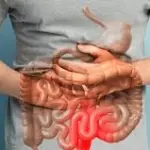
Chronic Bladder Infections or Inflammation
Conditions such as bladder infections and long-term bladder inflammation can increase the risk.

Exposure to Chemicals
Prolonged exposure to certain chemicals, especially those used in the dye industry, rubber production, and chemical manufacturing, increases the risk.
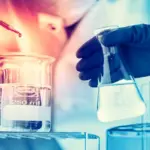
Age
As people age, their bones tend to become weaker and more brittle, making them more prone to fractures. Older adults, especially women, are at higher risk due to decreased bone density.

Osteoporosis
A condition where bones become weak and brittle, significantly increasing the likelihood of fractures, especially in the spine, hips, and wrists.

High-Impact Activities
Athletes or individuals who engage in high-impact sports (such as football, soccer, or skiing) are more likely to experience fractures due to trauma or falls.

Trauma or Accidents
Motor vehicle accidents, falls, or direct impacts can cause fractures, particularly in the arms, legs, or collarbones.
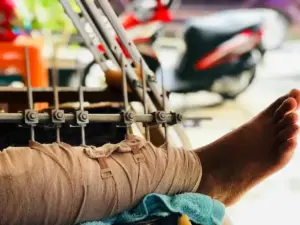
Bone Diseases
Conditions like bone cancer, Paget’s disease, or infections can make bones more fragile and susceptible to fractures.
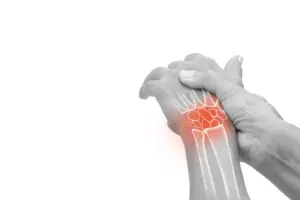
Poor Nutrition
A lack of essential nutrients like calcium and vitamin D weakens bones, increasing the risk of fractures.

Gender
Women, particularly those who are postmenopausal, are at higher risk of fractures due to lower bone density and hormonal changes.

Medications
Certain medications, like corticosteroids, can weaken bones over time, increasing fracture risk.

Smoking and Alcohol
Smoking and excessive alcohol consumption can impair bone health, making fractures more likely.

Fracture Repair
Diet and Nutrition
Prevention
Diagnosis
Key Services
Key Facilities
- Calcium: Essential for strong bones, calcium helps maintain bone density and promotes healing after fractures. Dairy products, leafy greens, fortified cereals, and tofu are rich sources.
- Vitamin D: Vitamin D is vital for calcium absorption and bone health. Sunlight exposure and foods such as fatty fish, eggs, and fortified milk can help maintain adequate levels.
- Protein: Adequate protein intake is crucial for the repair and regeneration of bone tissue. Include lean meats, eggs, beans, and legumes in your diet.
- Magnesium: Magnesium aids in calcium absorption and bone formation. Foods like nuts, seeds, whole grains, and leafy greens are rich in magnesium.
- Vitamin C: Vitamin C supports collagen production, which is important for bone healing. Citrus fruits, strawberries, and bell peppers are excellent sources.
- Omega-3 Fatty Acids: Found in fatty fish like salmon, these healthy fats can help reduce inflammation and promote bone healing.
- Zinc: Zinc is important for tissue repair and the production of collagen. Foods like nuts, seeds, and lean meats are high in zinc.
- Phosphorus: Phosphorus, found in foods like meat, fish, dairy, and nuts, works with calcium to form strong bones and promote healing after fractures.
- Avoid Alcohol and Caffeine: Both substances can interfere with calcium absorption, so it’s best to limit their intake, especially when recovering from a fracture.
- Exercise Regularly: Weight-bearing exercises, like walking, running, and strength training, help maintain bone density and reduce the risk of fractures.
- Strengthen Muscles: Strong muscles around the bones help protect and support joints. Resistance exercises, yoga, and balance training can strengthen muscles and improve stability.
- Fall Prevention: Especially in older adults, preventing falls is crucial. Ensure your home is free of trip hazards, install handrails where necessary, and wear shoes with good grip.
- Bone Density Screening: Regular screenings, especially for individuals at high risk (e.g., postmenopausal women), can detect osteoporosis early and prevent fractures.
- Maintain a Healthy Diet: A balanced diet rich in calcium, vitamin D, and other essential nutrients is key to strong bones.
- Quit Smoking: Smoking impairs blood circulation and bone healing, so quitting can help reduce the risk of fractures.
- Limit Alcohol: Excessive alcohol weakens bones and impairs balance, increasing the likelihood of falls and fractures.
- Wear Protective Gear: In high-risk activities, such as cycling, skiing, or contact sports, always wear proper safety equipment like helmets, pads, and knee guards.
- Physical Examination: A healthcare provider will assess the injury site for swelling, deformity, and tenderness. The patient’s medical history and symptoms will also be considered.
- X-rays: X-rays are the primary imaging tool used to diagnose fractures. They provide detailed images of bones and can identify the location, type, and severity of the fracture.
- CT Scan: For complex fractures, especially in areas like the spine or pelvis, a CT scan may be needed to get detailed, three-dimensional images of the bones.
- MRI: MRI scans are useful for identifying soft tissue injuries, such as ligament tears, in addition to fractures, especially in joints.
- Bone Scintigraphy: In rare cases, a bone scan (bone scintigraphy) may be used to detect stress fractures or subtle fractures that are not visible on X-rays.
- Ultrasound: In some cases, ultrasound imaging can be used to assess fractures, particularly in soft bones like the ribs or in pediatric patients.
- Immediate Care and Pain Management: Emergency care for fractures includes pain relief, immobilization (via splints, casts, or braces), and, in some cases, surgical intervention to realign bones.
- Reduction: If the bone is displaced, a procedure called reduction is performed to reposition the bone. This can be done manually (closed reduction) or surgically (open reduction).
- Surgical Repair: In more severe fractures, surgical interventions like the use of plates, screws, or rods may be required to hold the bone in place during the healing process.
- Casting or Splinting: After realignment, the fracture is usually immobilized using a cast or splint to allow proper healing.
- Physical Therapy: Rehabilitation through physical therapy helps restore strength, mobility, and function to the affected area once the bone has healed sufficiently.
- Follow-up Care: Regular follow-up visits are essential to monitor healing progress, check for complications like infection or misalignment, and adjust treatment plans as needed.
- Orthopedic Centers: Specialized centers focusing on musculoskeletal care, including the repair of fractures, with access to skilled surgeons, physical therapists, and diagnostic equipment.
- Emergency Rooms (ER): The first point of care for fractures, especially in the event of trauma. ERs provide immediate pain management, immobilization, and referral for further treatment.
- Surgical Suites: Advanced surgical facilities equipped to perform both minor and major fracture surgeries, including those requiring internal fixation or bone grafting.
- Rehabilitation Centers: Dedicated facilities offering comprehensive rehabilitation programs to support the recovery and mobility of patients after fracture repair.
Diagnostic Imaging Centers: Hospitals or clinics with advanced imaging tools, including X-rays, CT scans, and MRIs, to accurately diagnose and monitor fractures.
Top Medical Facilities at Our Multispeciality Hospital – Here’s What Makes Us Different!
Ready to Begin Your Fracture Repair Treatment Journey?
Learn More About Fracture Repair Care
Frequently Asked Questions
Healing time varies depending on the type of fracture, location, and the patient’s age and health. Most fractures take about 6-8 weeks to heal, but more severe fractures may require longer recovery.
Many fractures can heal without surgery, especially if they are non-displaced or minor. Conservative treatments like casting, splinting, and rest are often sufficient for simpler fractures.
Signs that a fracture is not healing properly include persistent pain, swelling, and deformity after the expected healing time, or signs of infection such as redness, warmth, or pus at the injury site.
